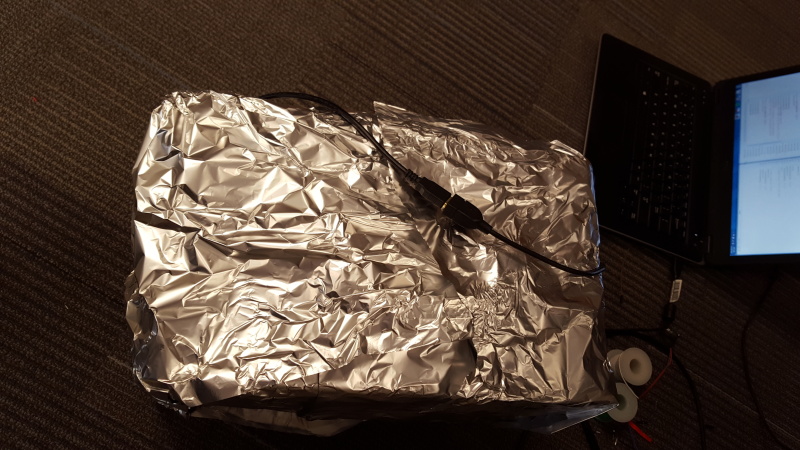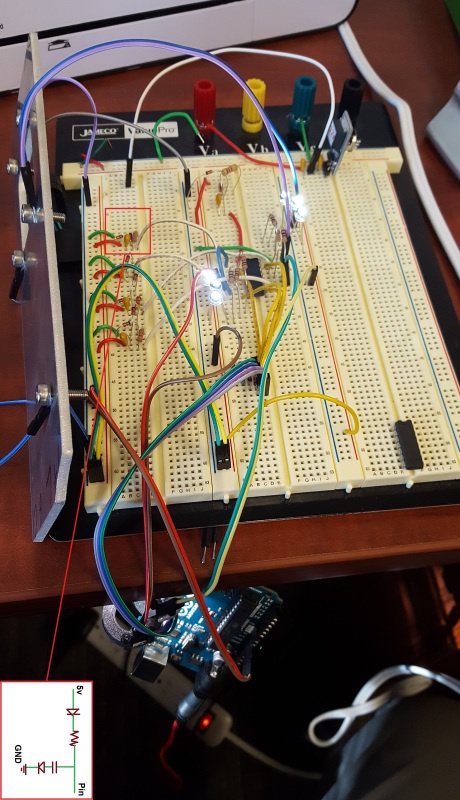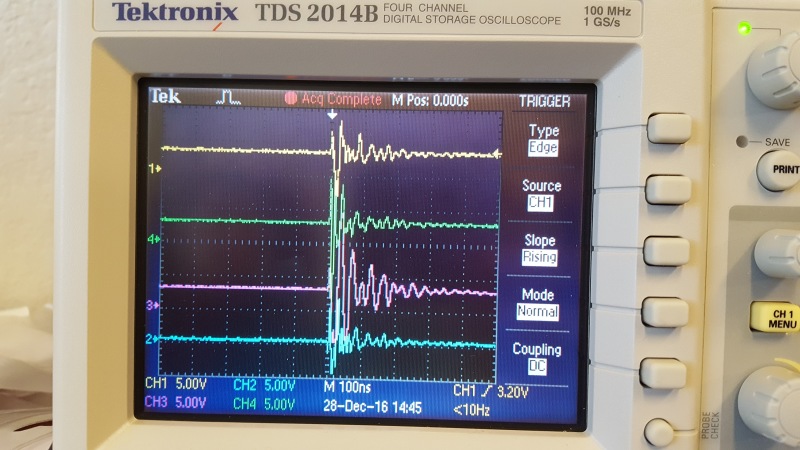Oaklandishh
Mechanical
So recently due to the low temperatures and in turn the low humidity I have been seeing this weird thing where if you wiggle too much in a chair near the circuit-board and power system I have been working on, then stand up, you create a pulse in the ground of the system which is strong enough to toggle the clear pin on the boards shift register.
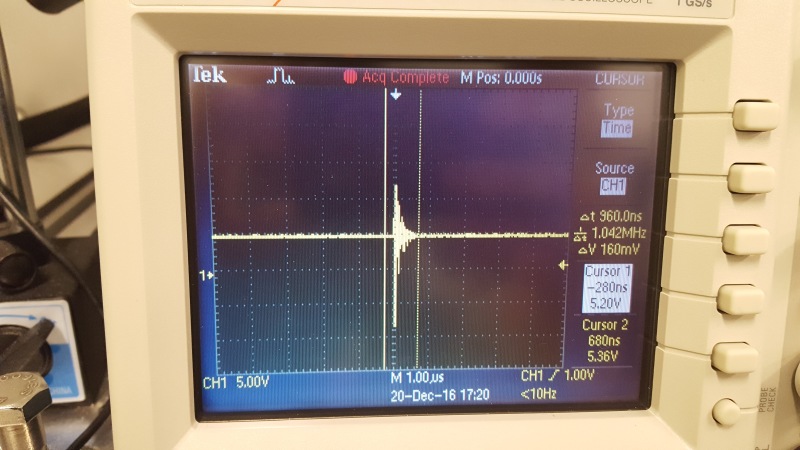
The chair is according to my DMM isolated from the floor, and the person standing up needs only to either zap themselves by touching the chair or sometimes just walk away from the chair in the correct direction to recreate this.
I am not an amazing circuit board designer so I am guessing I made some simple error that anyone with experience would know not to do.
All of my ground planes are connected. They were in a web style connection earlier, but I tried moving the shift register to a point style connection on solder-less breadboard and still had issues.
All of the grounds are also connected to earth ground through the 120VAC 3 prong plug GND as well as the chassis holding everything.
The 120VAC comes in and goes to a switching 24VDC PSU which has negative jumpered to earth ground. That then goes to a motor controller made by ZABER with 4 DO pins and an analogue out with a 5VDC pin which I use to control the shift register.
I have tried adding caps between the 5VDC and GND, I have put a resistor and caps between the 5V and CLR pin and CLR pin and GND respectively.
The shift register in question is a TPIC6c595 although I don't think its particularly important to the question.
Any suggestions?
Thanks.
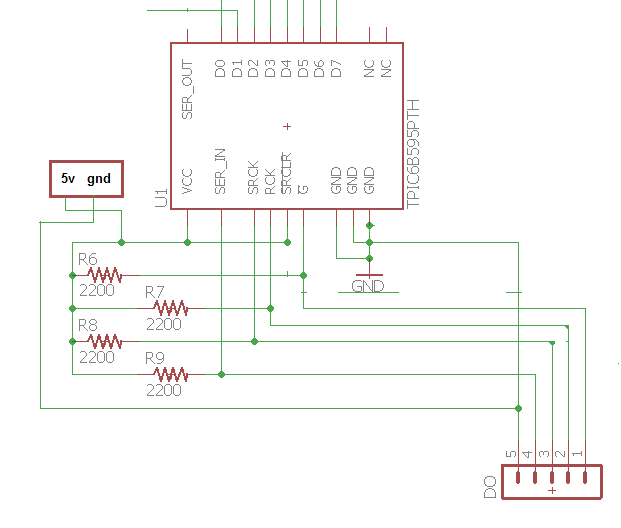

The chair is according to my DMM isolated from the floor, and the person standing up needs only to either zap themselves by touching the chair or sometimes just walk away from the chair in the correct direction to recreate this.
I am not an amazing circuit board designer so I am guessing I made some simple error that anyone with experience would know not to do.
All of my ground planes are connected. They were in a web style connection earlier, but I tried moving the shift register to a point style connection on solder-less breadboard and still had issues.
All of the grounds are also connected to earth ground through the 120VAC 3 prong plug GND as well as the chassis holding everything.
The 120VAC comes in and goes to a switching 24VDC PSU which has negative jumpered to earth ground. That then goes to a motor controller made by ZABER with 4 DO pins and an analogue out with a 5VDC pin which I use to control the shift register.
I have tried adding caps between the 5VDC and GND, I have put a resistor and caps between the 5V and CLR pin and CLR pin and GND respectively.
The shift register in question is a TPIC6c595 although I don't think its particularly important to the question.
Any suggestions?
Thanks.


